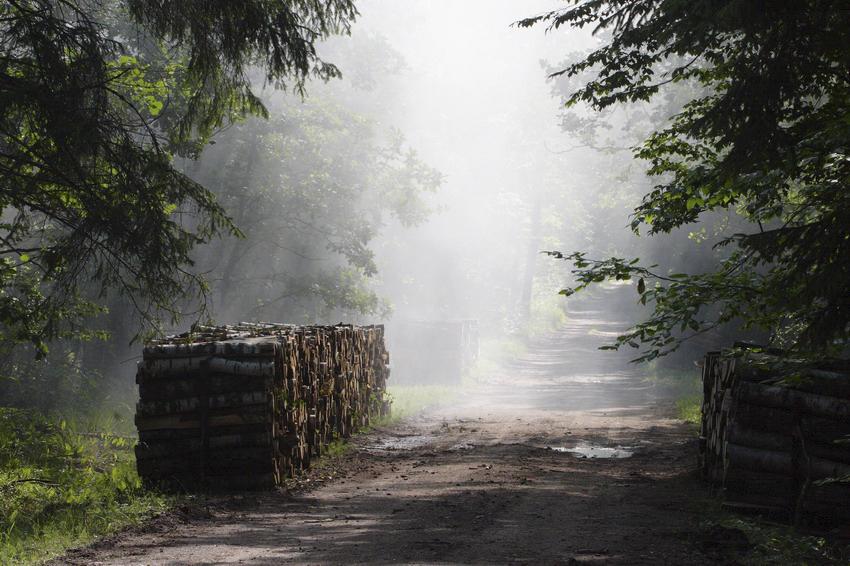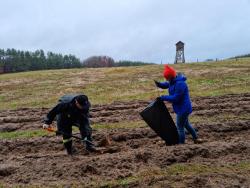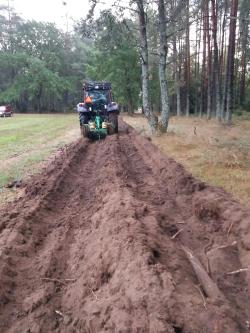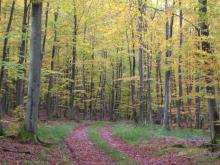 Asset Publisher
Asset Publisher
The State Forests National Forest Holding
The State Forests National Forest Holding is the largest organisation in the European Union managing forests, which belong to the State Treasury and celebrating its 90 anniversary this year.
Presently, we manage the area of one third of Poland's territory. Not long after the end of the Second World War, there was only 21 % of the area. Every year we plant 500 million of new trees, as we want Polish forests grow all the time.
Every year Polish foresters plant 500 million of trees.
85 % of nature reserves in Poland are located within the State Forests. 40 % of the forests managed by General Directorate of the State Forests are protected within the framework of European network Natura 2000. We fight against many threats: natural disasters, plaques of insects, trees' diseases, fires, pollutions, as well as poaching and vandalism.
We take care the forestry supplying the market with timber, as ecological and universal material, to be carried on in accordance with rules of balanced development (photography P.Fabjański).
One of our major tasks is making forests accessible to the society. We invite you to take advantage of these beautifully located within the forest wilderness holiday resorts, forester's lodges or guest rooms. That is for you, we create thousand kilometres of hiking trails, cycling paths or camping sites. All the above mentioned, you can find in service www.czaswlas.pl.
We also take care the forestry supplying the market with timber, as ecological and universal material, to be carried on in accordance with rules of balanced development. We obtain over 30 million of cubic meters of wood annually, twice as much as at the beginning of the nineties of the XX century.
Despite of this, the average of wood abundance per hectare of our forests is one fourth bigger than 20 years ago and 40% bigger than the average of European Union currently amounts.
In Poland in sectors connected with the forestry, there work about 375 thousand of people. It means that each 40 working Pole works in the forest.
In Poland in sectors connected with the forestry, there work about 375 thousand of people. It means that each 40 working Pole works in the forest. The sector of wood processing works out approximately 8 % of our GDP (Gross Domestic Product). Among others, thanks to the timber from the State Forests Poland is the 10 largest producer of furniture in the world, and the 4 largest furniture exporter.
The State Forests employ 25 thousand people. That way we are the 9 biggest employer in Poland. Among the largest companies in our country it takes 22 place in respect of its incomes and 11 place in respect of its profits. The value of assets, we manage, reaches 300 million zl. If we add social values, it will be worth one billion zlotych. We do not use money from the budget, but we earn money on our own to support the business. In spite of the financial crisis, since 2002, we continuously note down profits. Moreover, we pay taxes amounting 1,3 billion zl annually.
87 % of Poles think, the foresters are competent. We willingly share our knowledge of Polish forests, of their history and of nature values with the others. We publish books, periodicals, brochures; we also administer the website www.lasy.gov.pl . For children, the youth and teachers, we prepared internet service "E-lynx' Lynx Forest" (www.erys.pl). Our staff has supported schools in field of nature education for years. We also organise many actions to let people broaden their knowledge about forest, nature and ecology.
 Asset Publisher
Asset Publisher
Otrzymaliśmy dofinansowanie z WFOŚiGW w Gdańsku
Otrzymaliśmy dofinansowanie z WFOŚiGW w Gdańsku
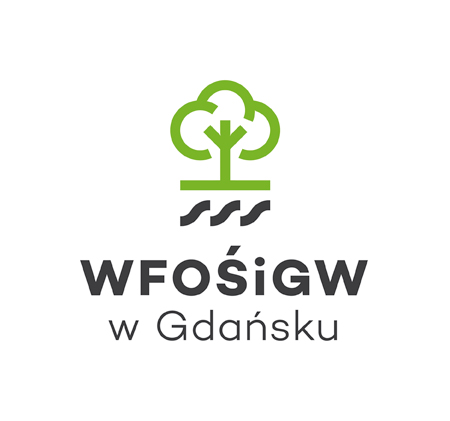
Nazwa Zadania : Nasadzenie alei rodzimych gatunków owocodajnych i miododajnych na terenie Nadleśnictwa Warcino"
W okresie od 10 września do 31 grudnia 2021 roku Nadleśnictwo Warcino realizowało zadanie pn. „Nasadzenie alei rodzimych gatunków drzew owocodajnych i miododajnych na terenie Nadleśnictwa Warcino”.
Zadanie to polegało na utworzeniu alei złożonej z dwóch rzędów drzew owocowych ( dzikiej jabłoni płonki) nasadzonych po obu stronach drogi. Łącznie posadzono 2000 szt., drzew owocowych po 500 szt. w każdym rzędzie. Łączna długość alei wynosi ok. 1500 mb.
►Celem projektu było uzyskanie stabilnej ekologicznie strefy ekotonowej w formie alei, złożonej z rodzimych gatunków drzew owocodajnych i miododajnych, zlokalizowanej w środku dużego kompleksu leśnego na siedlisku borowym.
Założona aleja została zabezpieczona ogrodzeniem z siatki stalowej tzw. leśnej, przed szkodami wyrządzanymi przez jeleniowate a po osiągnięciu wieku dojrzałości fizjologicznej oraz odpowiedniego wzrostu zostanie rozgrodzona. Tak dojrzała aleja złożona z drzew owocodajnych i miododajnych będzie dostarczała pożytków dla różnych grup zwierząt oraz będzie uzupełnieniem pożytków dla owadów zapylających. Ponadto, jako wartość dodatkowa wpłynie na walor estetyczny krajobrazu leśnego.
►Tworzenie alei drzew i krzewów owocodajnych i miododajnych w ramach składanego projektu ma również za zadanie zwiększenie pożytków w szczególności dla owadów, ptaków, gryzoni, ale również i zwierzyny leśnej. Drzewka owocowe t.j. jabłonie, grusze, śliwy to gatunki dostarczające zwierzynie zarówno żeru pędowego i soczystych liści, ale przede wszystkim to gatunki dostarczające w okresie późnoletnim i jesiennym znaczne ilości owoców zawierających w swoim składzie cukry proste i złożone, natomiast jako wartość dodatkowa walor estetyczny (piękne, obfite kwitnienie) oraz znaczenie krajobrazowe (zadrzewienie przydrożne) z całą gamą swoich specyficznych funkcji technicznych (osłona drogi przed wiatrem lub nawiewaniem śniegu)
Zadanie w pełni zostalo zrealizowane
Gwarancją stabilności projektu jest zastosowanie rodzimego gatunku drzewa owocowego charakterystycznego dla Pomorza


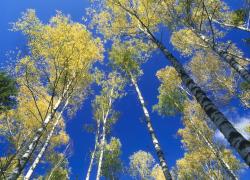 fot. Paweł Fabijański
fot. Paweł Fabijański
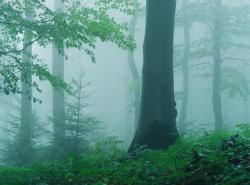 fot. Paweł Fabijański
fot. Paweł Fabijański
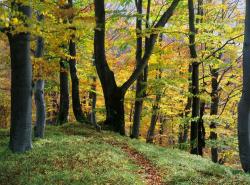 fot. Paweł Fabijański
fot. Paweł Fabijański
